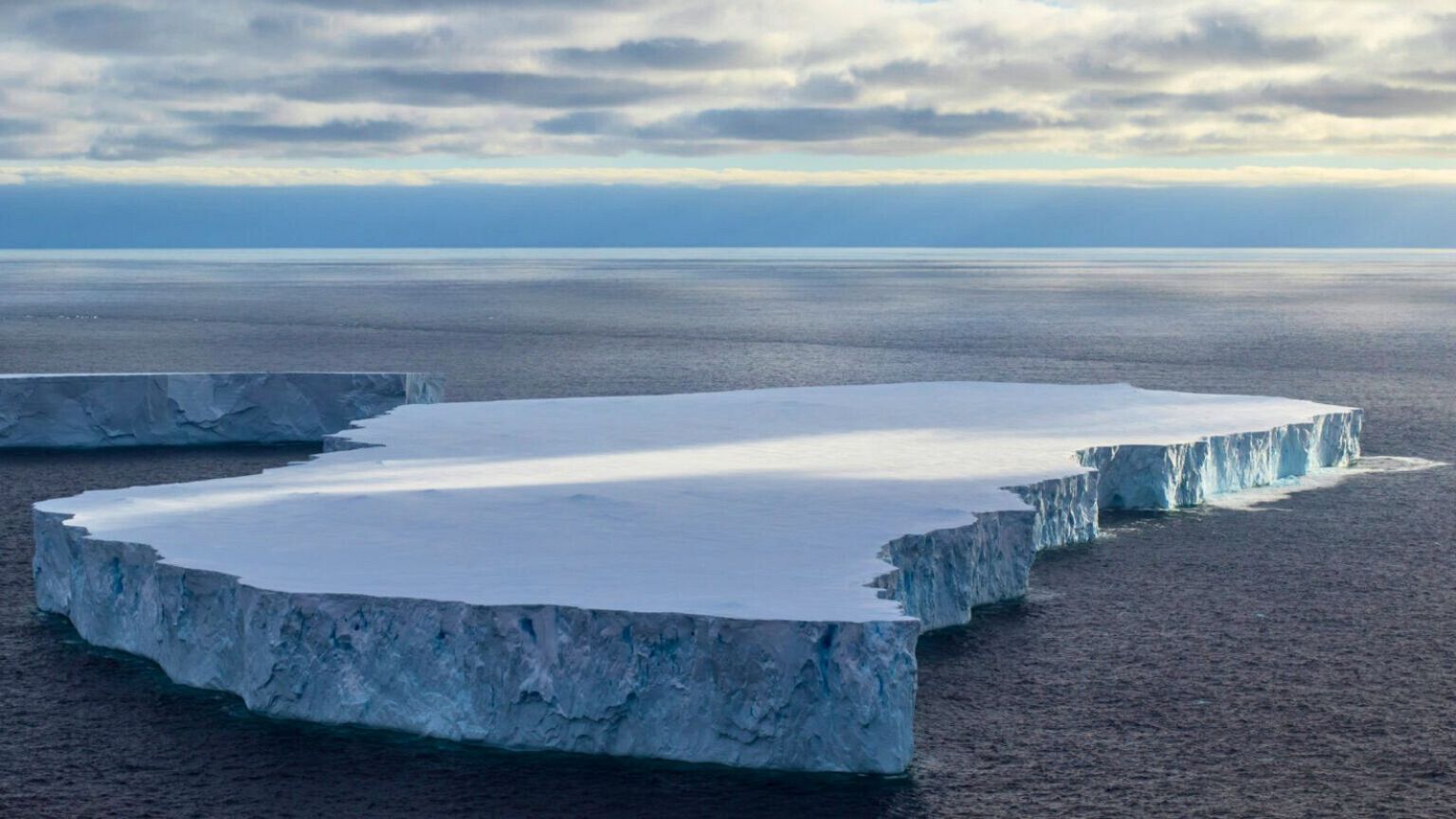Newly-discovered marks on the seafloor reveal that massive icebergs once drifted off the coast of the UK. The scrape-marks show where the underside of these bergs dragged across the floor of the North Sea some 18,000 to 20,000 years ago, according to scientists at the British Antarctic Survey (BAS). It is the first clear evidence that monster blocks of ice roamed in this area - less than 145 kilometres off the British coast - and offers valuable insights into how ’s frozen landscape could change as the continent warms up.
“We’re talking about enormous flat-topped, or ‘tabular’, icebergs,” marine geophysicist Dr James Kirkham from the BAS says of the icebergs that caused the deep grooves. “Conservatively, they measured five to perhaps a few tens of kilometres in width - comparable to the area of a medium-sized UK city such as Cambridge or Norwich - and could be a couple of hundred metres thick.” Preserved in the sediments buried beneath the present-day seafloor, these plough-marks date back to the last - a period when an ice sheet covering much of the British and Irish Isles retreated due to a warming climate.

They were first spotted in seismic survey data that was used to locate sites for oil and gas drilling platforms in the Witch Ground Basin, situated between Scotland and Norway. Single grooves made by small bergs have been detected here before, but the hundreds of metres wide Witch Ground tramlines prove that mammoth flat-topped icebergs were also present. Tabular bergs are discharged from ice shelves - the floating fronts of glaciers that have flowed off the land into the ocean.
So the researchers can infer that the British and Irish ice sheet also had these structures. Dr Kelly Hogan, a marine geophysicist at BAS and co-author of the new published in the journal Nature Communications, explains how this provides historical clues. “We can actually document the catastrophic collapse of these ice shelves at the end of the last ice age using our data,” she says, “because around 18,000 years ago we detect a shift in the type of iceberg plough-mark recorded in seafloor sediments, from giant tabular bergs - produced by the normal calving lifecycle of ice shelves - to much more numerous and smaller icebergs as the ice shelves disintegrated.
” Ice shelves are important for ice sheet stability, BAS explains. They buttress and hold back glacial ice, which would otherwise drain much faster into the ocean. The regular breakaway of tabular bergs at the leading edge of shelves - occurring sometimes only every few decades - helps to maintain the glaciers behind them in a steady state.
Seventy-five per cent of Antarctica is surrounded by these buoyant platforms. But it’s unclear how the frozen continent will shift as human-caused bites. Perhaps the most significant example of ice shelf breakdown so far is what happened to the Larsen B ice shelf.
In 2002, rising air temperatures melted parts of the ice shelf’s surface, sending meltwater trickling through the platform, and shattering the ice into countless small bergs in the space of one week. After the ice shelf disintegrated, the glaciers previously held back behind it sped up to several times their former speed, accelerating their contribution to . The ancient North Sea plough-marks suggest this phenomenon occurred on a much larger scale when the British and Irish ice sheet was shrinking rapidly by 200-300 metres per year at its edges.
A remaining mystery is whether this speedy withdrawal was triggered by the collapse of its ice shelves or if the fragmentation was a symptom of ice sheet mass losses that were already underway. But better dating of the sediments might provide the answer. “It’s an interesting question that goes to the heart of how ice shelves influence the modern Antarctic Ice Sheet.
If we observe a similar transition from large tabular icebergs to smaller icebergs, it could indicate the continent is about to experience significant and rapid mass loss,” BAS co-author Dr Rob Larter says..
Environment

City-sized icebergs drifted by UK, scientists find. What can they tell us about Antarctica’s future?

Uncovering the collapse of the British and Irish ice sheet could help predict what's in store for Antarctica.















